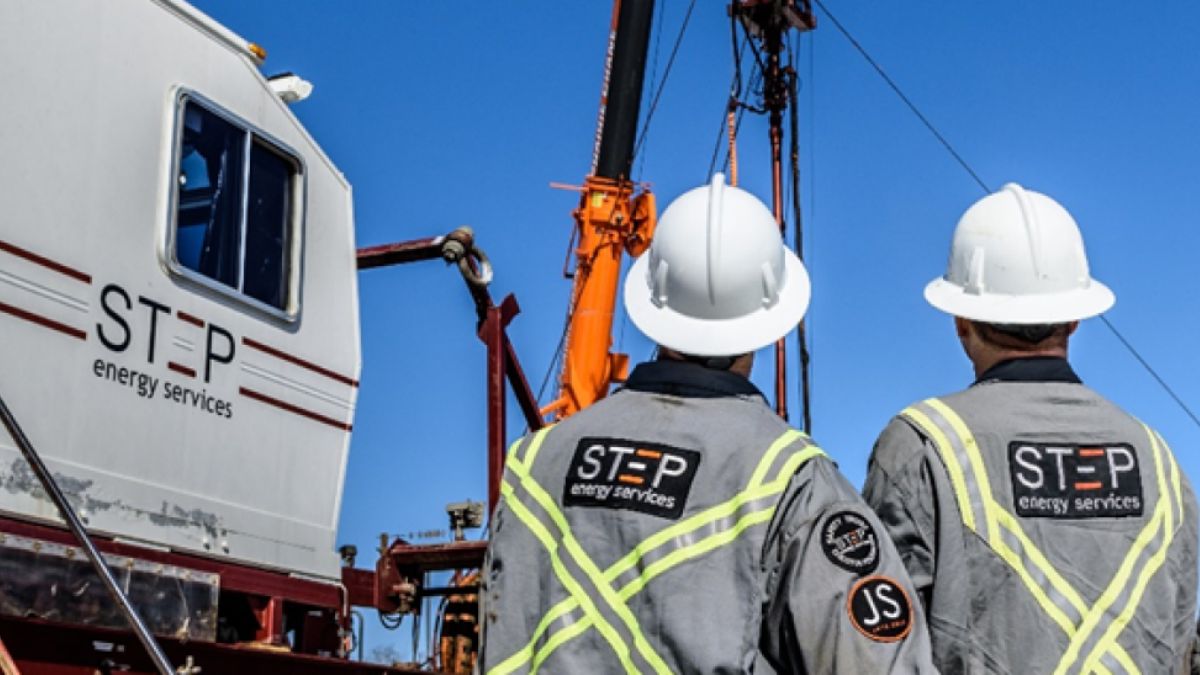In the quiet landscapes of rural America, a technological revolution is underway. What once were fields of corn, cattle, or coal mining towns are now dotted with wind turbines, solar farms, and energy storage sites. Behind this transformation lies a powerful partner: artificial intelligence (AI).
AI is not just modernizing the way energy is produced—it is redefining how communities survive and thrive in a rapidly changing economy. Once isolated and overlooked, rural towns are now becoming the testbeds for clean energy innovation, with AI providing the brains to balance supply, predict demand, and maximize efficiency.
For decades, rural America has shouldered the legacy of fossil fuels. Yet, as climate change accelerates and global markets push for sustainability, these same regions are stepping forward into a renewable future. AI tools optimize turbine rotations, forecast solar patterns, and manage microgrids that keep remote communities powered and resilient. Farmers lease land for solar panels, local workers are retrained for green jobs, and counties benefit from new tax revenues that fund schools and infrastructure.
This boom is not without challenges. Infrastructure gaps, digital literacy, and questions of equity remain pressing. But with AI bridging the gap between renewable ambition and practical deployment, rural America may soon become the unexpected heart of the nation’s clean energy story.
Smarter Grids, Smarter Growth
AI-powered grids are the backbone of rural America’s energy transformation. In regions where power outages were once common, AI now predicts fluctuations in demand and reroutes electricity before disruptions occur. These “smart grids” balance renewable energy sources—wind, solar, and hydro—making them reliable even during extreme weather.
For communities, the payoff is enormous. Farmers who once struggled with unreliable power now see steady electricity supporting irrigation, refrigeration, and modern equipment. Local hospitals and schools benefit from consistent service, while businesses gain the confidence to invest in areas previously labeled “too remote.”
AI-driven systems also allow microgrids—localized power networks—to flourish. Rural towns can store energy, sell excess power back to the grid, or operate independently during outages. This flexibility strengthens resilience while creating new streams of revenue. Instead of lagging behind urban centers, rural communities are beginning to lead in deploying practical, scalable renewable solutions.
Jobs, Justice, and the Green Economy
The AI-fueled clean energy boom is reshaping rural labor markets. Where coal plants once closed doors, solar farms now open new opportunities. Wind farms hire technicians, data analysts, and AI specialists—jobs once unimaginable in small-town economies.
Retraining programs, often backed by federal and state initiatives, help workers transition from traditional energy sectors into renewable ones. AI plays a role here too, streamlining training modules and tailoring education to local needs. The shift empowers younger generations to stay in their hometowns, reversing decades of population decline.
But the boom also raises questions about equity. Will rural communities benefit equally, or will profits flow to distant corporations? Advocates stress the importance of ensuring that land leases, tax revenues, and workforce investments prioritize locals. If managed fairly, AI-enabled renewables could become a model for balancing progress with justice, creating prosperity without exploitation.
The Future of Rural Power
Looking ahead, AI’s role in rural clean energy is only set to expand. Next-generation algorithms will fine-tune wind turbine angles in real time, predict weather patterns with unprecedented accuracy, and optimize energy storage systems for maximum efficiency.
Rural America could become a hub for experimentation, with pilot projects in AI-managed carbon capture, bioenergy, and hydrogen fuel. Already, tech companies are partnering with rural co-ops to test breakthroughs that would be harder to implement in congested urban grids.
For small towns, this future means more than power—it means resilience, investment, and relevance in a global shift toward sustainability. Instead of being left behind, rural regions may become the backbone of America’s renewable future. With AI as the quiet engine behind this transformation, the story of clean energy is no longer just about technology—it’s about people, place, and the promise of a new economy.

